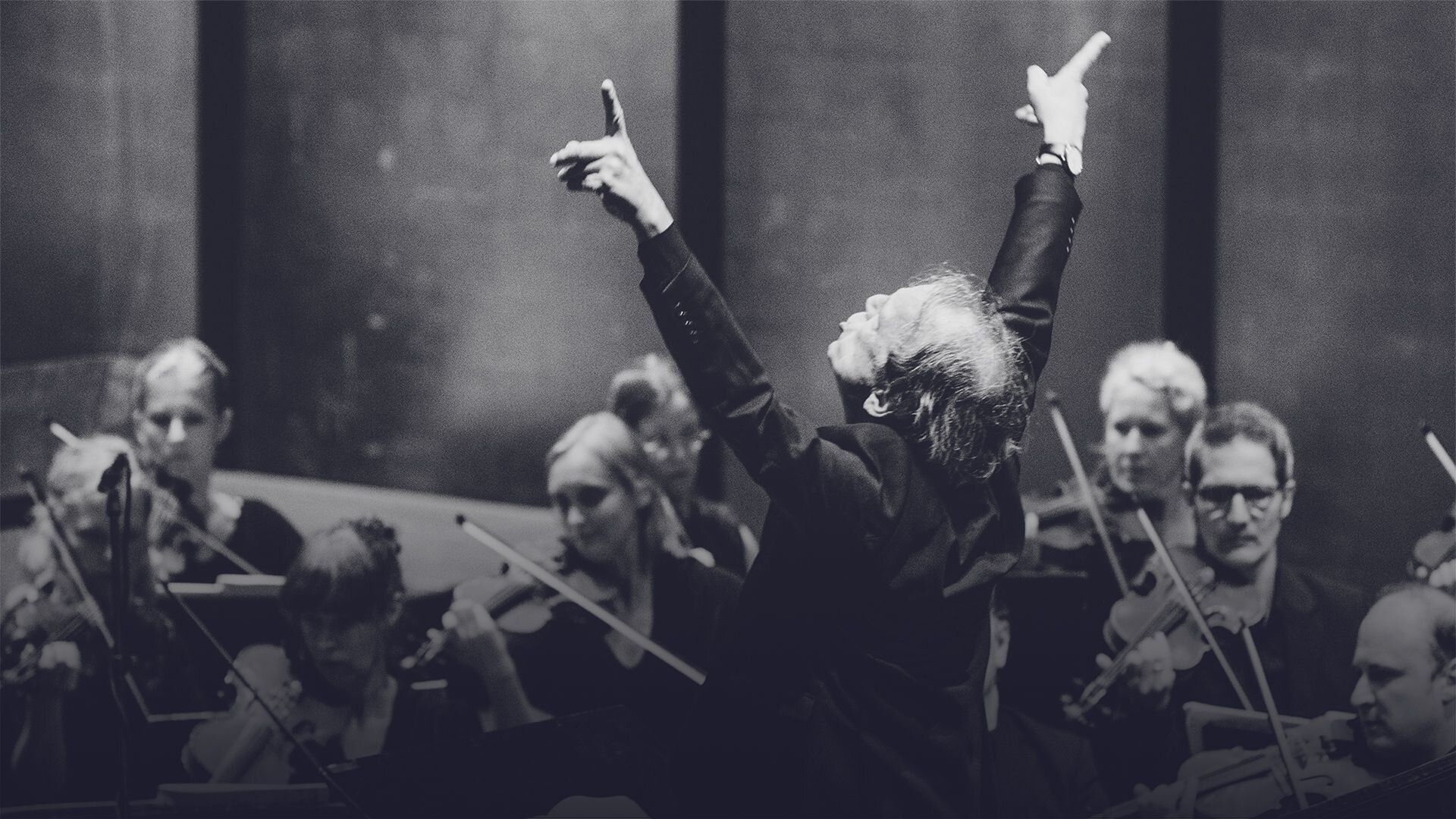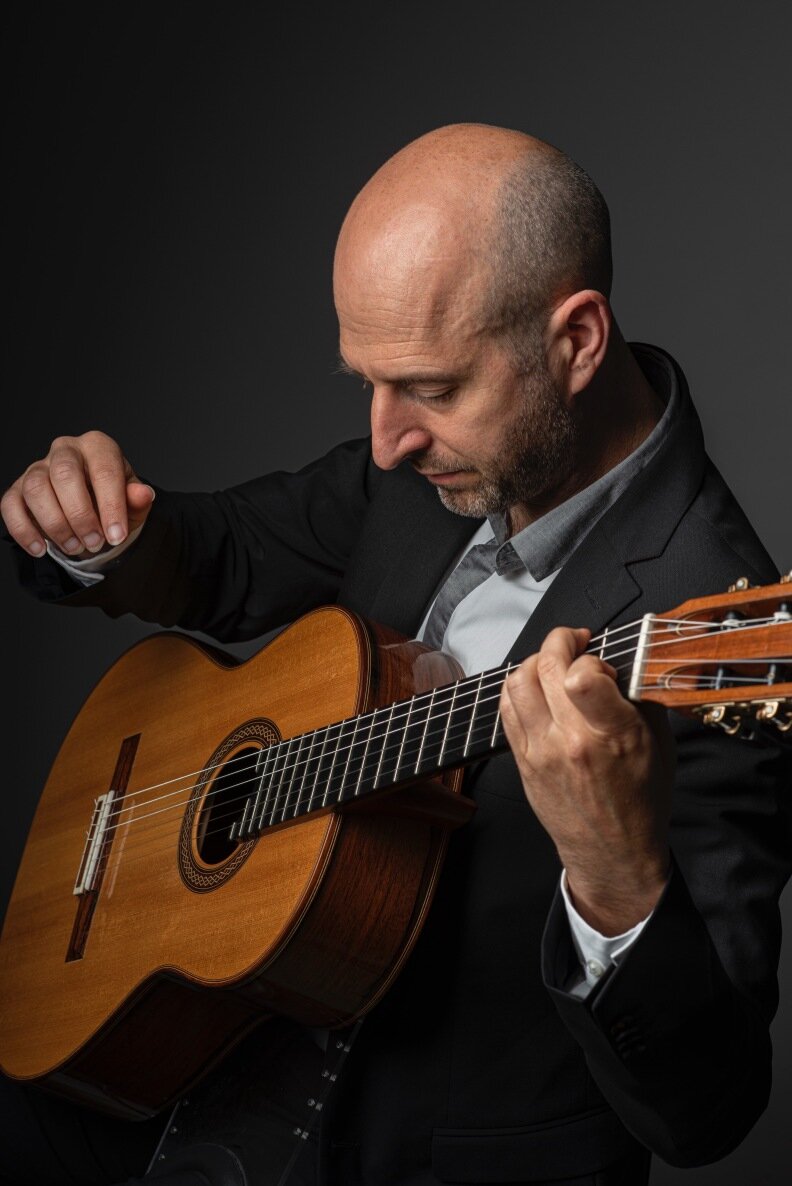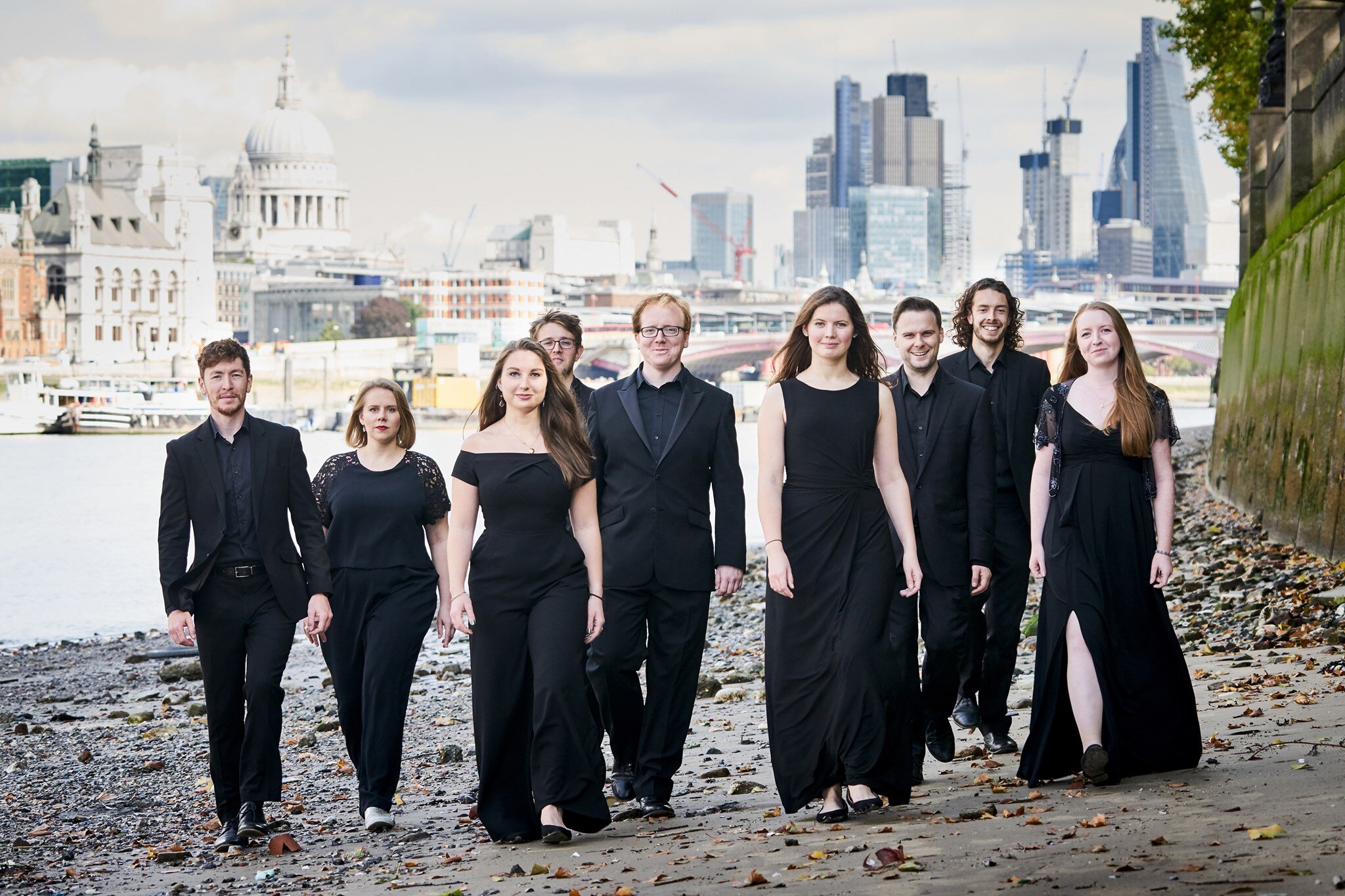Baroque Christmas Music: Hidden Gems
Think of Baroque Christmas music and the choral grandeur of Handel’s Messiah or Bach’s six-part Christmas Oratorio typically come to mind. But the 17th and 18th centuries also yielded many gentler, more intimate expressions of the season. Concerto Copenhagen (CoCo) gathers several of these in “Per la Notte di Natale,” a Naxos collection of Italian Christmas concertos by Corelli, Vivaldi, Torelli, Manfredini and Locatelli.
As a genre, the Christmas concerto does not present its Yuletide spirit in obvious ways, says Lars Ulrik Mortensen, CoCo’s Artistic Director, conductor and harpsichordist. “In some of the pieces, the Christmas theme is most strongly defined by our way of listening, and knowing that it was written for Christmas,” he said. “But there are some musical features that are quite specific to the occasion.”
One characteristic of the Christmas concerto is a serene, two-voice melody with a gentle rocking rhythm in 6/8 or 12/8. Set over a drone-like bass, it’s meant evoke the sound of the bagpipes of shepherds as they watch over their flocks in Bethlehem. Christmas concertos also tend to avoid conflict.
“They’re gently flowing with a sort of relaxed happiness,” Mortensen said. “I suppose it’s a feeling that many of us would like to experience, not only around Christmas, but especially there.”
Mortensen calls Arcangelo Corelli’s Concerto Grosso in G minor the “pop tune on the record,” particularly for its Pastorale finale. It’s likely that Corelli wrote this piece while serving as kapellmeister for fabulously rich and learned Roman cardinal Pietro Ottoboni. Scholars have traced the piece to a Christmas celebration, possibly held in 1690, at the cardinal’s Roman palace; it bears the inscription “Fatto per la notte di Natale” (created for Christmas night).
The CoCo collection also includes lesser-known gems including Francesco Manfredini’s Concerto Grosso in C Major and Pietro Locatelli’s Concerto Grosso in F minor. Mortensen says that Locatelli built on Corelli’s innovations, using rich contrapuntal writing and expressive keys that give the score “a very dark and mysterious hue, which I find really very captivating.”
Lars Ulrik Mortensen conducting Concerto Copenhagen.
Vivaldi’s Violin Concerto in E minor (featuring concertmaster Fredrik From) carried two titles on its manuscript: “Concerto to Holy Christmas” and II riposo or “Rest.” Rather unusually, there is no harpsichord part. “It’s a very soft and muted feeling,” said Mortensen. “Vivaldi also specifies that the strings should all play with mutes, which gives it this velvet, silvery, hushed character.”
With a career that has taken him to stages around the globe, how does Mortensen compare the Christmas traditions of Italy to those of his native Denmark? “The traditions are different and the religions are different,” he said, referring to the Protestant north and Catholic south. He pauses to consider this exquisite corner of the Baroque repertoire. “It’s about trying to focus on community and togetherness rather than on conflict and tension,” he said. “It is quietly celebratory. It is peaceful.”
As the pandemic has impacted virtually every aspect of music-making in 2020, Rossini Hayward’s “Stille Nacht” is a happy byproduct of these often-isolating times. For this Naxos collection of 19 Christmas carols and songs, the British guitarist creates the impression of a small guitar ensemble by overdubbing, or digitally layering, himself, one track at a time.
The idea came to Hayward one day in 2019, as he was practicing his version of the German carol In Dulci Jubilo (contained in a book of solo guitar arrangements that he published in October). “I was playing along with it in my room and I just started tapping my foot,” he said. “Then I started adding some ‘cha cha’s' and rhythmic speaking. And that was really what gave me the idea to expand these arrangements with overdubbing.”
In Hayward’s hands, the somber We Three Kings is transformed into a joyous, multi-guitar jam, the Italian carol Tu scendi dalle stelle is enriched with flamenco-style clapping, and the Catalan song El noi de la mare is flavored with percussive knocks and taps. “I was spending a lot of time at home tapping the guitar in different ways, with my nails or with my knuckles,” he recalls. “There are so many different sounds that you can make from it.”
Guitarist Rossini Hawyard.
The starting point for Hayward’s arrangements was Stille Nacht (Silent Night), which was first sung on Christmas Eve 1818 in an Austrian village to a guitar accompaniment. Hayward, who graduated from the Hochschule für Musik Freiburg in 2012, includes several other German-language songs including O Tannenbaum, with its luminous harmonies suggesting a well-trimmed Christmas tree.
Hayward also solicited some suggestions for carols. A Swedish friend proposed Gustaf Nordqvist’s Jul, jul, strålande jul (“Yule, Yule, Glorious Yule”) while Hayward’s mother-in-law suggested Eduard Ebel’s Leise rieselt der Schnee (“Softly Falls the Snow”), which uses a gentle tremolo to give the impression of falling snow. Among the English carols is Once in Royal David’s City, whose opening verse Hayward once sang as a boy chorister.
The album’s finale, Christmas Bells, is an original song based on a church bell motif that Hayward heard as a child in Wales, and later, as a student at Oxford University. As he plucks a bell-toned accompaniment, family and friends sing the verses, evoking an old-fashioned sing-along. “I've been here in Germany for about 10 years,” Hayward says, “and it was coming here that made me miss Christmas a lot back home. The things that I really loved about Christmas were family and music. I realized it's such a huge part of what Christmas is.”
Other Notable Holiday Releases
For a grander take on the season, Bach’s Christmas Oratorio is presented in a new recording by the Stuttgart Hymnus Choir Boys' Choir, the ensemble Handel’s Company and soloists (MDG-S). “Christmas in Puebla,” by the ensemble Siglo de Oro, celebrates a 17th century Mexican Christmas (Delphian Records). And “White Christmas” (Carus) by the Leipzig vocal quintet Calmus Ensemble gathers arrangements of Es kommt ein Schiff geladen, Barn Jesus i en krybbe lå, and, of course, the Irving Berlin classic.
- Written by Brian Wise
Brian Wise writes about classical music for BBC Music Magazine, Musical America, and is the producer of the Chicago Symphony Orchestra’s national radio broadcasts.





